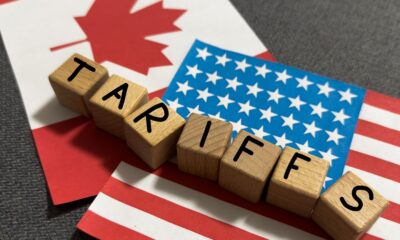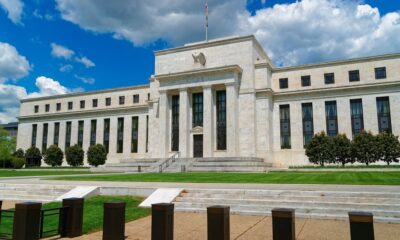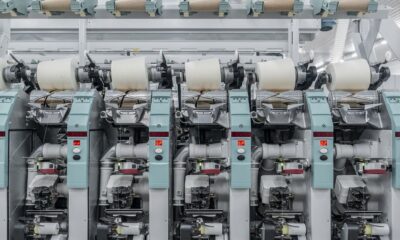Fashion
Sri Lanka can lift revenue by 2% of GDP by 2029: World Bank
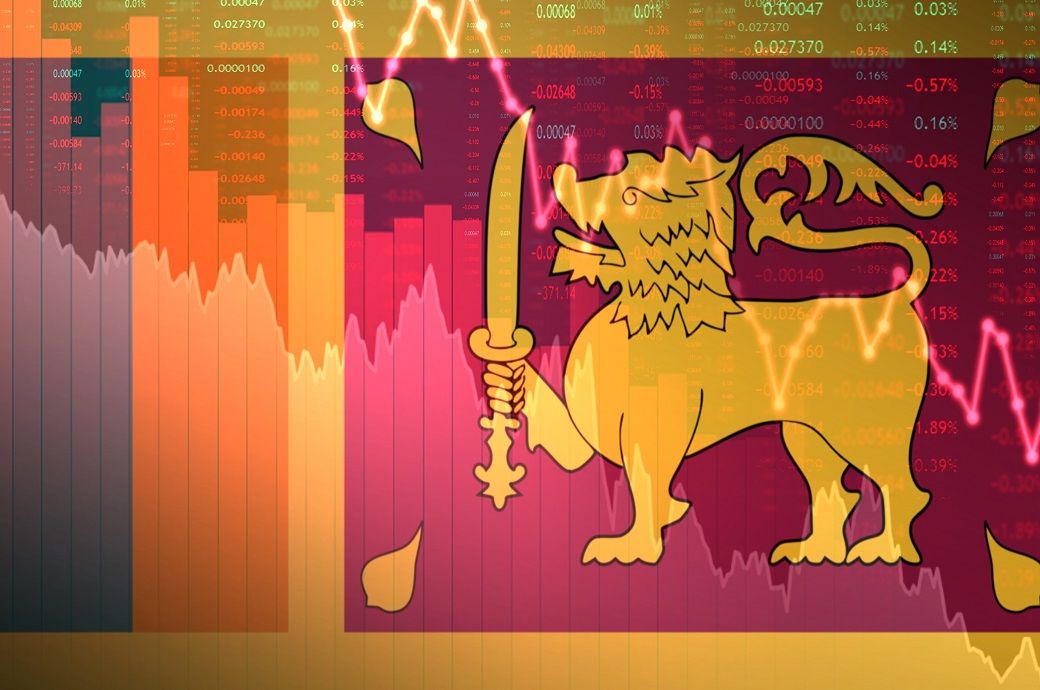
The adjustment was also sharper and faster by international standards – when compared with more than 330 similar efforts in 123 countries worldwide since 1980. According to the review, Sri Lanka is now well-positioned to focus on making public finances work better for all citizens.
Sri Lanka can boost revenue by up to 2 per cent of GDP by 2029 without harming growth or equity, according to the World Bank.
Following significant fiscal stabilisation, the country is urged to focus on fairer taxation—especially direct taxes—and smarter spending.
Improved tax administration, efficient budgeting, and targeted reforms can enhance service delivery and support inclusive growth.
While fiscal measures helped restore stability, they have also placed pressure on households through higher indirect taxes and reduced real public-sector wages, and slowed growth due to lower public investment. The next phase of fiscal calibration should prioritise raising revenues in ways that support growth and fairness, and improve the quality of government spending.
The review recommends raising revenue more fairly and efficiently by shifting towards direct taxes—such as implementing a minimum corporate income tax—and by digitising tax administration to make compliance easier, more transparent, and efficient. On the spending side, it emphasises that neither increasing nor decreasing overall spending is feasible; instead, the focus should be on using existing resources more effectively. By spending smarter—improving efficiency, reducing waste, and enhancing service delivery—the government can achieve better outcomes without altering the total budget.
“Now that Sri Lanka has largely stabilised its economy, the challenge is to get better results from every rupee collected and spent,” said David Sislen, World Bank division director for Maldives, Nepal and Sri Lanka. “This means modernising tax administration, focusing on direct taxes, and making sure public spending is both efficient and fair—especially for the most vulnerable.”
Looking ahead, Sri Lanka can design the next phase of its public finance reforms to build long-term fiscal resilience. Strengthening links between planning and budgeting, improving accountability, and focusing on measurable performance outcomes will help deliver better services, support inclusive growth, and protect the most vulnerable.
Fibre2Fashion News Desk (RR)
Fashion
Germany’s Adidas Originals x Wales Bonner unveil FW25 collection
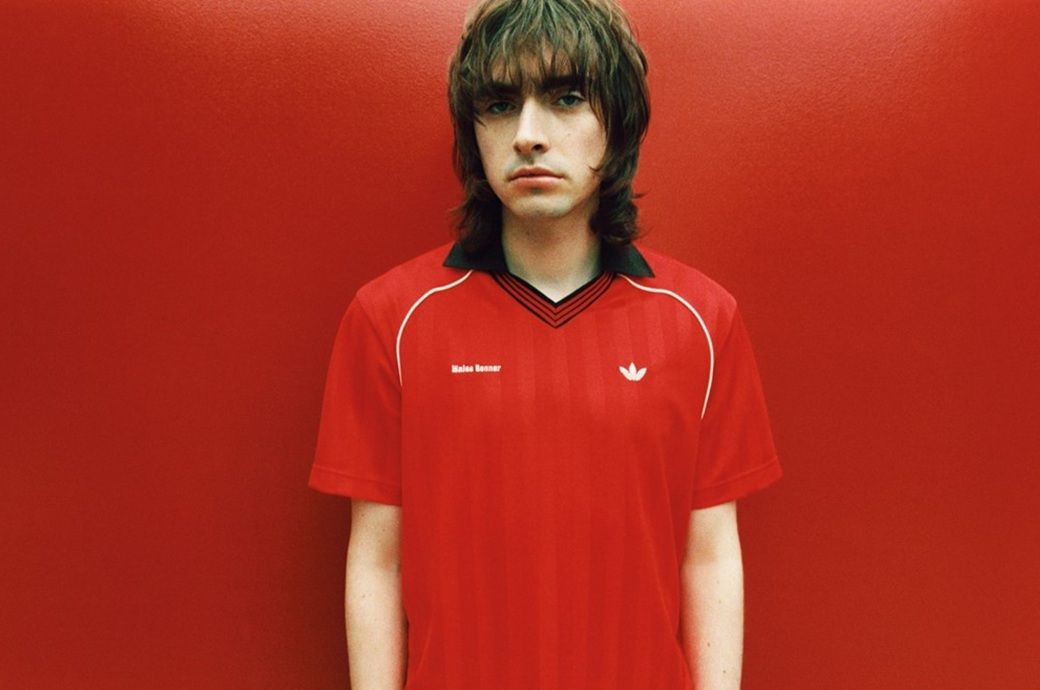
A study in presence and character, this season, athletic codes are retold through elegant tailoring as Wales Bonner reconceptualizes adidas’ signature DNA. From blousons and jackets to tracksuits and jerseys, each apparel piece is both considered and expressive. Turning to accessories, and drawing on adidas’ timeless codes, a duo of leather bowling bags take center stage – transforming historical sporting aesthetics into sculptural forms.
Adidas Originals and Wales Bonner’s Fall/Winter 2025 collection blends sporting heritage with cultural craftsmanship through refined tailoring and expressive design.
The line features elegant apparel, sculptural leather bags, and reimagined classics like the WB Karintha Lo in satin.
The campaign, shot by Chris Rhodes, captures authentic, individual character and creative spirit.
Continuing to advance the collaboration’s established design language, the instantly iconic WB Karintha Lo returns for its third iteration in satin further stretching the possibilities of what an adidas shoe can be and do. Essential in suede, exquisite in sequin, and now shining in satin, the journey of the Karintha continues to unfold.
The Fall/Winter 2025 footwear support cast also plays host to a number of reimagined Trefoil classics – including the WB Japan presented in a lavender tone. A leftfield choice, until you consider that the calming soft purple hue has historically been associated with serenity and purity. The WB Superstar grounds the collaboration back into iconic sports heritage through a crafted perspective, while the WB Adilette is elevated by a considered human touch.
A study in presence and character, the collection is accompanied by a campaign shot by Chris Rhodes and starring an eclectic ensemble of characters. Championing a new wave of counter-cultural energy, the portraits deftly weave together personal narratives from Gene Gallagher, Alva Claire, Shim Mheuka, and Bebe Parnell. Authentic, raw, and undeniably individual, every image brings new meaning into each piece in the collection.
Note: The headline, insights, and image of this press release may have been refined by the Fibre2Fashion staff; the rest of the content remains unchanged.
Fibre2Fashion News Desk (MS)
Fashion
Public Desire in major rebrand for ‘bold new chapter’

Published
October 31, 2025
Public Desire has unveiled a full rebrand to mark the footwear label’s 10-year anniversary, “signalling a bold new chapter for the brand”.
And comprehensive it certainly is, with a make-over including new logo, website, visual identity and tone of voice, adding up to “an elevated aesthetic… and renewed focus on footwear innovation”.
“Born in the UK and worn worldwide,” Public Desire said its rebrand reflects the “evolution into an elevated, fashion-first brand built on confidence, creativity, and culture”.
It’s headlined by a refreshed identity that “celebrates modern femininity, bold, magnetic, and unapologetic, while staying true to its accessible-luxury roots”.
Public Desire marketing director Emily Frazer added: “Our rebrand reflects the woman we design for: confident, magnetic, and unapologetic. Every silhouette, stitch, and step is ‘Designed to Be Desired’.”
Its campaigns include ‘Decade of Desire’ and ‘Drive Your Desire’: the former looking back at a decade of “standout collections, celebrity moments, and trend-defining design that shaped the brand’s global influence”.
These include international celebs such as Beyoncé, Kylie Jenner, and Bella Hadid, while landmark collaborations, included Hailey Baldwin (2016) and Alabama Barker (2022), “marking key moments in the brand’s journey from breakout e-commerce success to global influence”.
Meanwhile, the latter looks ahead to introduce the next chapter, “a fashion-first campaign that celebrates confidence, energy, and self-expression, propelling Public Desire into a new era of modern femininity and elevated design”.
Copyright © 2025 FashionNetwork.com All rights reserved.
Fashion
Global commodity prices to hit six-year low in 2026: World Bank
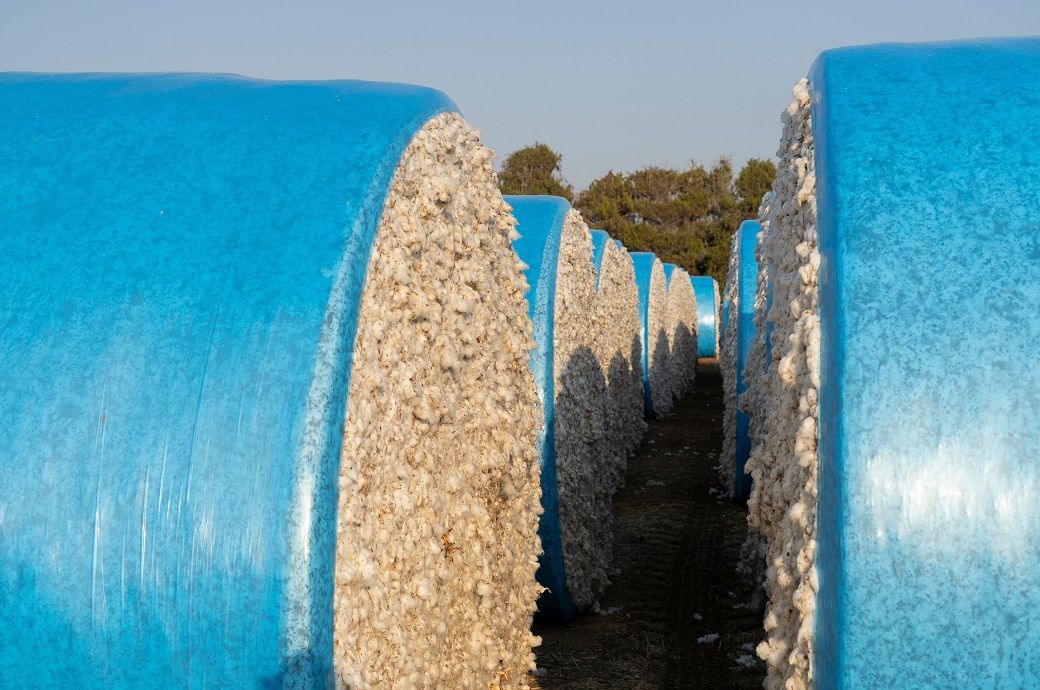
Falling energy prices are helping to ease global inflation, while lower rice and wheat prices have helped make food more affordable in some developing countries. Despite the recent declines, however, commodity prices remain above pre-pandemic levels, with prices in 2025 and 2026 projected to be 23 per cent and 14 per cent higher, respectively, than in 2019.
“Commodity markets are helping to stabilise the global economy. Falling energy prices have contributed to the decline in global consumer-price inflation. But this respite will not last. Governments should use it to get their fiscal house in order, make economies business-ready, and accelerate trade and investment,” Indermit Gill, the World Bank Group’s chief economist and senior vice president for development economics, said in a press release.
World Bank forecasts global commodity prices to fall seven per cent in 2025 and 2026, hitting a six-year low amid weak growth, rising oil surpluses, and policy uncertainty.
Energy prices are expected to drop further, helping cool inflation.
The World Bank urges governments to use this window for fiscal reform, while warning that geopolitical and climate shocks could reverse the downward trend.
The global oil glut has expanded significantly in 2025 and is expected to rise next year to 65 per cent above the most recent high, in 2020. Oil demand is growing more slowly as demand for electric and hybrid vehicles grows and oil consumption stagnates in China. Brent crude oil prices are forecast to fall from an average of $68 in 2025 to $60 in 2026—a five-year low. Overall, energy prices are forecast to fall by 12 per cent in 2025 and a further 10 per cent in 2026.
Commodity prices could fall more than expected during the forecast horizon if global growth remains sluggish amid prolonged trade tensions and policy uncertainty. Greater-than-expected oil output from OPEC+ could deepen the oil glut and exert additional downward pressure on energy prices. Electric-vehicle sales, which are expected to increase sharply by 2030, could further depress oil demand.
Conversely, geopolitical tensions and conflicts could push oil prices higher and boost demand for safe-haven commodities such as gold and silver. In the case of oil, the market impact of additional sanctions could also lift prices above the baseline forecast. Extreme weather from a stronger-than-expected La Niña cycle could disrupt agricultural output and increase electricity demand for heating and cooling, adding further pressure to food and energy prices.
“Lower oil prices provide a timely opportunity for developing economies to advance fiscal reforms that promote growth and job creation,” said Ayhan Kose, the World Bank’s deputy chief economist and director of the Prospects Group. “Phasing out costly fuel subsidies can free up resources for infrastructure and human capital—areas that create jobs and strengthen long-term productivity. Such reforms would help shift spending from consumption to investment, rebuilding fiscal space while supporting more durable job creation.”
Fibre2Fashion News Desk (KD)
-
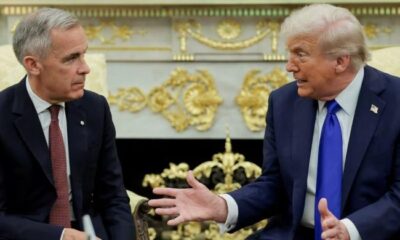
 Politics6 days ago
Politics6 days agoTrump slams ‘dirty’ Canada despite withdrawal of Reagan ad
-

 Tech1 week ago
Tech1 week agoDefect passivation strategy sets new performance benchmark for Sb₂S₃ solar cells
-
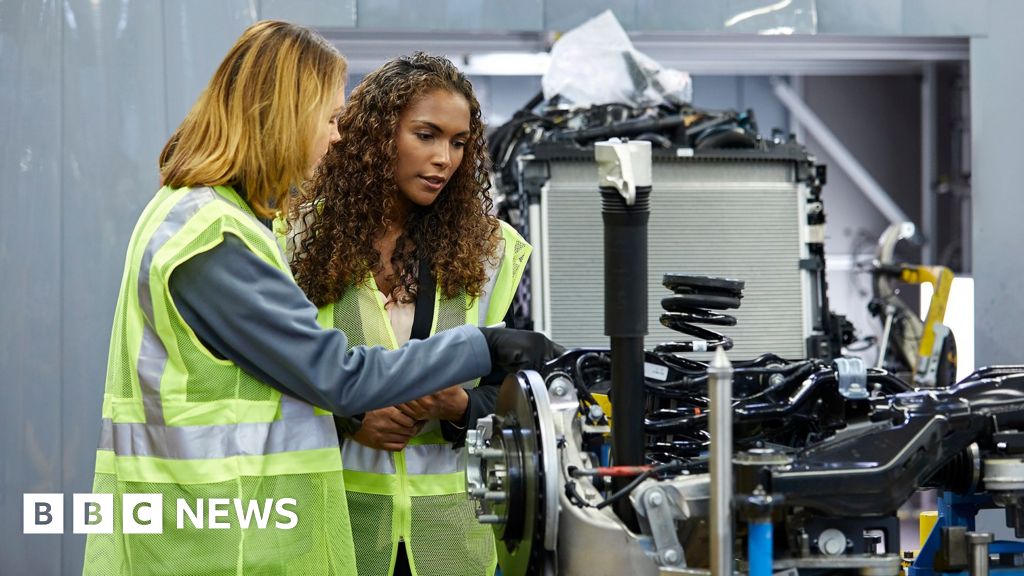
 Business1 week ago
Business1 week agoJLR shutdown after cyber hack drives slump in UK car production
-

 Tech1 week ago
Tech1 week agoTurning pollution into clean fuel with stable methane production from carbon dioxide
-

 Sports1 week ago
Sports1 week agoAlleged mob ties in NBA scandal recall La Cosa Nostra’s long shadow over sports
-

 Business1 week ago
Business1 week agoAssaults on rail network more than triple in 10 years
-

 Sports1 week ago
Sports1 week agoNBA legend Chauncey Billups, Heat’s Terry Rozier arrested as part of FBI gambling probe
-
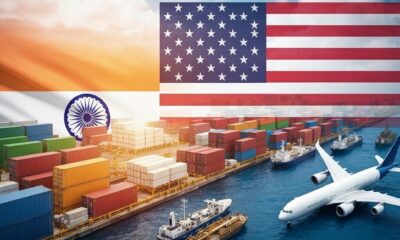
 Fashion7 days ago
Fashion7 days agoIndia’s exports to US drop, to non-US markets expand in Sep: Crisil






